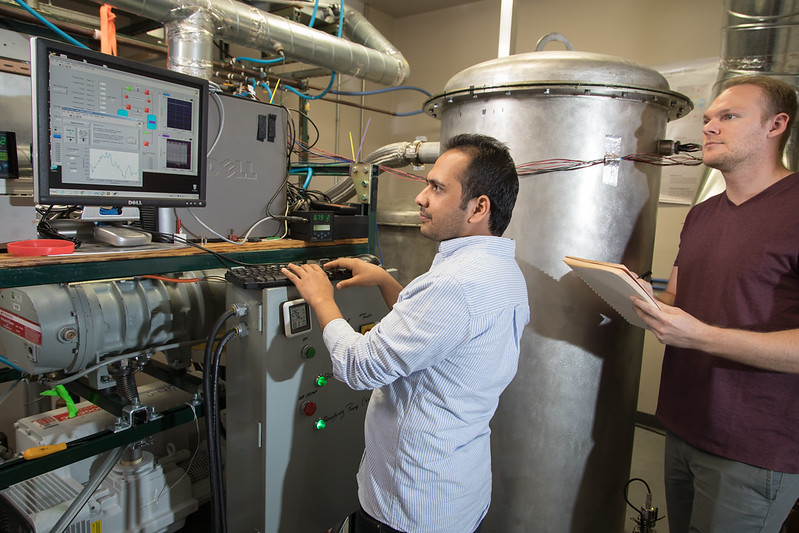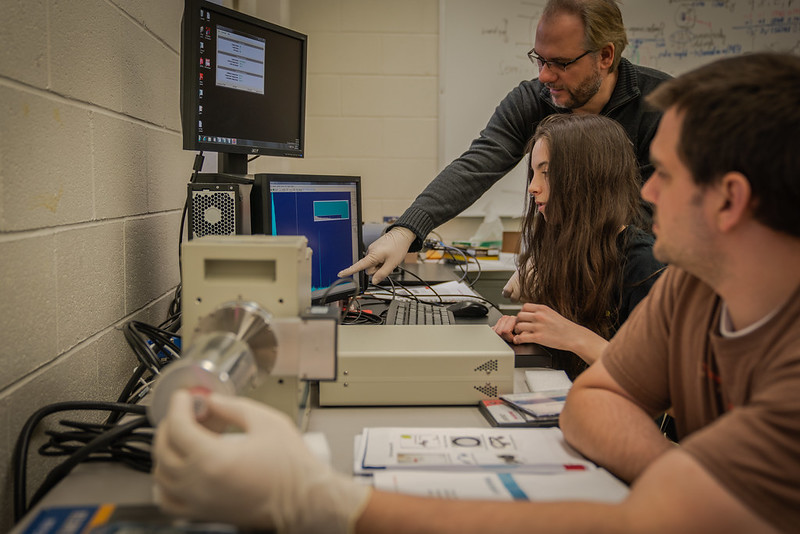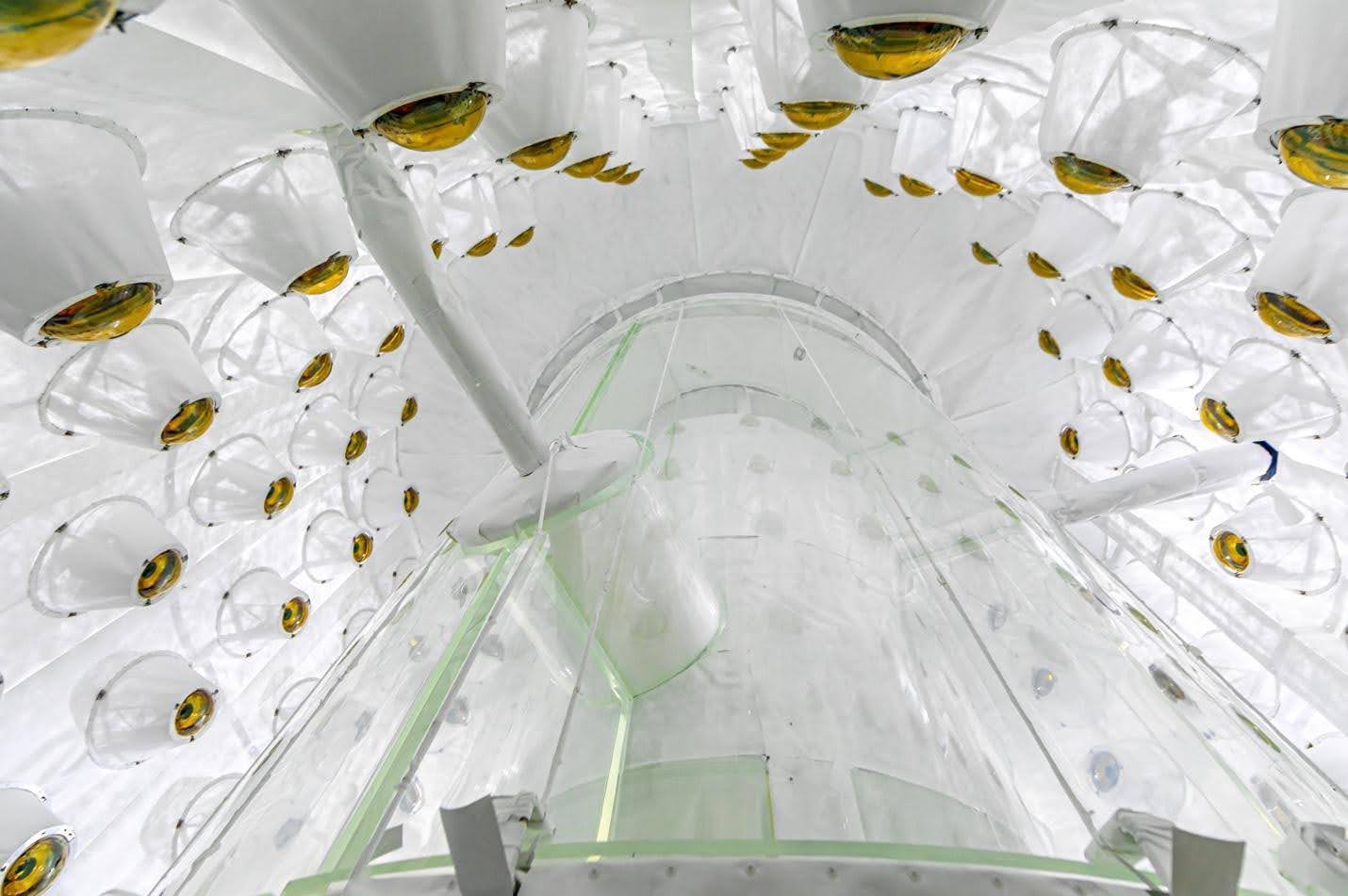Department of Physics

 The Department of Physics at the South Dakota Mines is a leader in physics research.
The Department of Physics at the South Dakota Mines is a leader in physics research.
Proximity to the Sanford Underground Research Facility, the nation’s premier site for underground particle physics experiments, provides
unique opportunities for work on experiments such as DUNE, LZ, and CASPAR, and complements the department's historic strengths in condensed matter and atmospheric
science. We pride ourselves on our excellent department culture and the individual
attention that we pay to our students. Our high-quality undergraduate program maintains a low student-per-faculty ratio, enabling faculty to provide their students
with comprehensive courses and a depth of knowledge beyond what many physics programs
offer. There is a strong emphasis on developing research skills for use in industry
and academia. Because physics is the basis of most engineering disciplines, understanding
basic principles of physics can help one become a better engineer. Our national-award-winning
Society of Physics Students provides excellent co-curricular support of the program.
Our MS and PhD graduate progams take advantage of the strong research opportunities and department culture. The program maintains a high retention rate and provides
excellent placement at national labs, in industry, and in academia.
Come explore the department of physics at South Dakota Mines and see what we have
to offer!
Research Areas
Learn More


Have more questions?
Mailing Address
Physics
South Dakota School of Mines & Technology
501 East Saint Joseph Street
Rapid City, SD 57701
Physics Secretary's office: EEP227
FAX 1 (605) 394-2365




